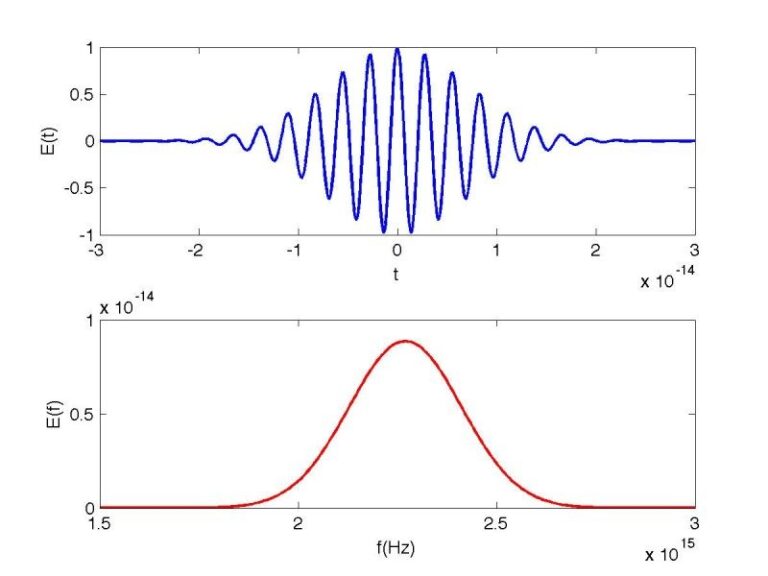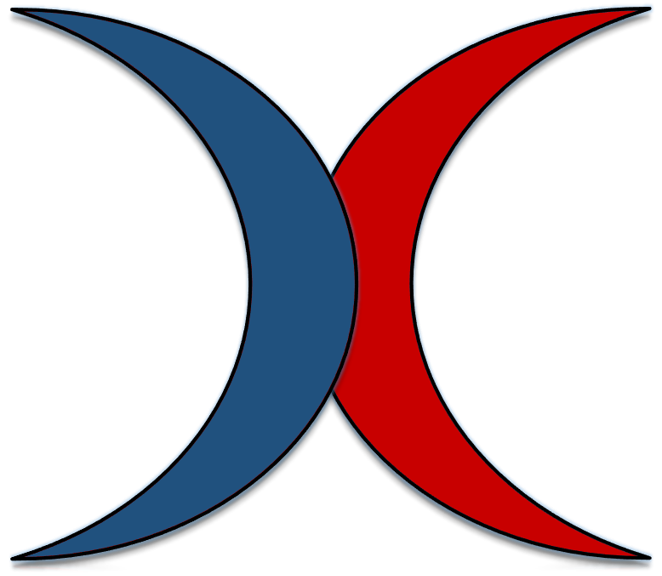
Is Cue-Based Errorless Training Simply Producing a Pavlovian Reflexive Response? No.
By Ken Cherryhomes
Concerning cue-based learning versus natural decision-making or real-world decision-making, in the context of cue-based or errorless learning, prompts or cues are utilized to guide decisions, leading to specific actions or responses. This approach assumes that the cognitive interpretation of the decision is essentially the same as it would be if arrived at organically or ecologically, without prompts.
In both cue-based and natural learning, the core cognitive processes can be aligned. Though the methods differ, the underlying understanding and interpretation remain consistent. This underscores the potential effectiveness of cue-based learning, not only as a training tool but also as a means of translating artificial learning environments into genuine, real-world application and understanding.
Whether one practices and learns naturally or if their learning is prompted by cues, the cognitive interpretation of the concept is likely to be the same. Participants in cue-based learning are not merely passive receivers; they are conscious, aware, and interactive. They engage with the spatial aspects of the task, correlating successes with specific decisions made at particular event times and distances. The brain understands what is being referred to, even if it’s not explicitly stated, and it connects these cues with real-world applications and understandings.
This highlights that humans are not just biological automatons responding to stimuli. Instead, they actively interpret the information derived subsequent to the cues and integrate them into a broader understanding of the task at hand. Cue-based learning, therefore, can be seen as a valid and effective method, capturing the complexity of natural, real-world decision-making, and translating it into a learning environment that respects the multifaceted nature of human cognition.
Please send questions and comments to:
